
Toyota and NVIDIA: The AI Breakthrough That Will Drives Us to a Driverless World
The partnership between Toyota and NVIDIA is more than just a collaboration—it’s a technological leap that could redefine the global automotive landscape. By integrating NVIDIA’s cutting-edge AI and autonomous vehicle platforms into Toyota’s engineering expertise, this collaboration is paving the way for a safer, smarter, and more sustainable future of transportation.
The Evolution of Automotive Technology
From the Past: Manual to Machine-Assisted Driving
Automotive technology has come a long way since the invention of the Ford Model T in 1908. Cars were once purely mechanical marvels, with no electronics or digital systems in sight.

The introduction of basic safety features like seat belts and ABS (anti-lock braking systems) marked incremental progress in vehicle safety and reliability.

The Present: The Era of Smart Vehicles
Fast forward to today, vehicles have become data-driven, intelligent systems. With advanced driver-assistance systems (ADAS), vehicles are now capable of lane-keeping, adaptive cruise control, and even partial self-driving in controlled conditions. Toyota, alongside partners like NVIDIA, is spearheading this new frontier of smart mobility.

The Future: Fully Autonomous Vehicles (A.K.A. Autopilot)
The end goal of this evolution is Level 5 autonomy cars that require no human intervention. The Toyota-NVIDIA collaboration is a significant step toward achieving this milestone, combining robust AI computing power with Toyota’s commitment to safety and innovation.
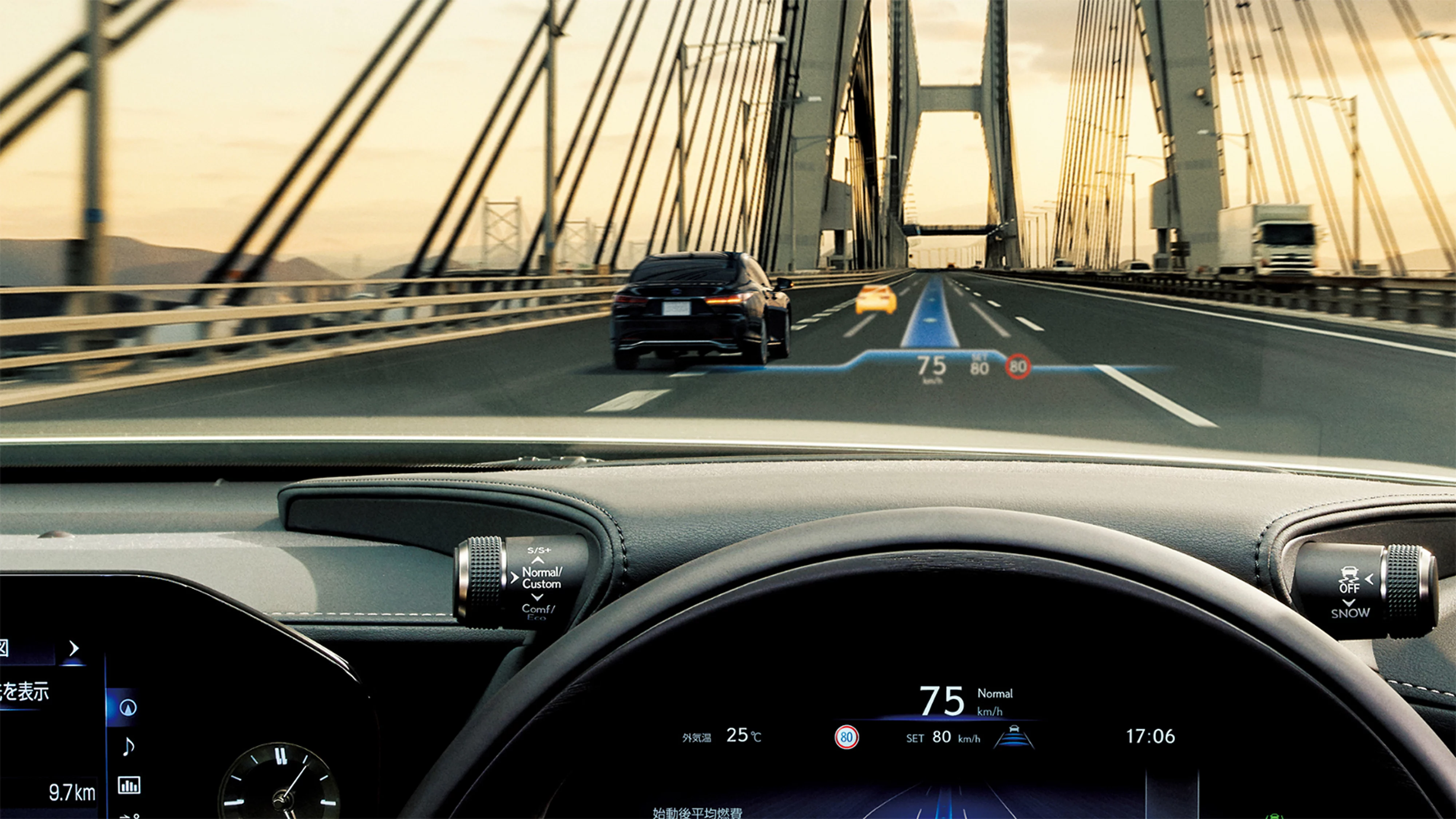
Why NVIDIA are Now Involved in Autonomous Vehicles ?
If you’re familiar with gaming or 3D graphics, you might be wondering why NVIDIA—a company known for gaming technology—is involved in autonomous vehicles.
But first, a Little History of NVIDIA?
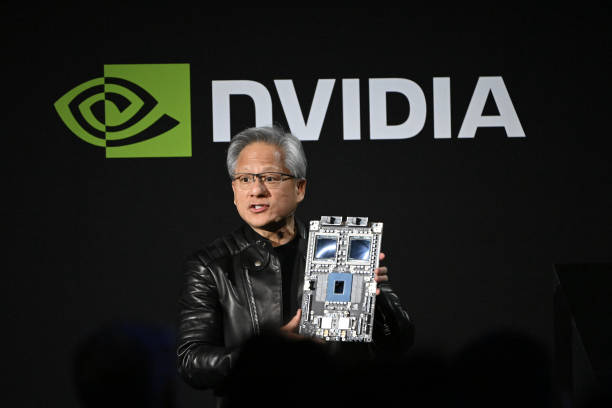
What Is NVIDIA Known For?
- Graphics Processing Units (GPUs): NVIDIA’s GPUs are renowned for delivering high-performance graphics rendering, making them a staple in gaming, professional visualization, and data centers. Just recently, NVIDIA unveiled its RTX 50 series GPUs, taking gaming and AI performance to new heights.
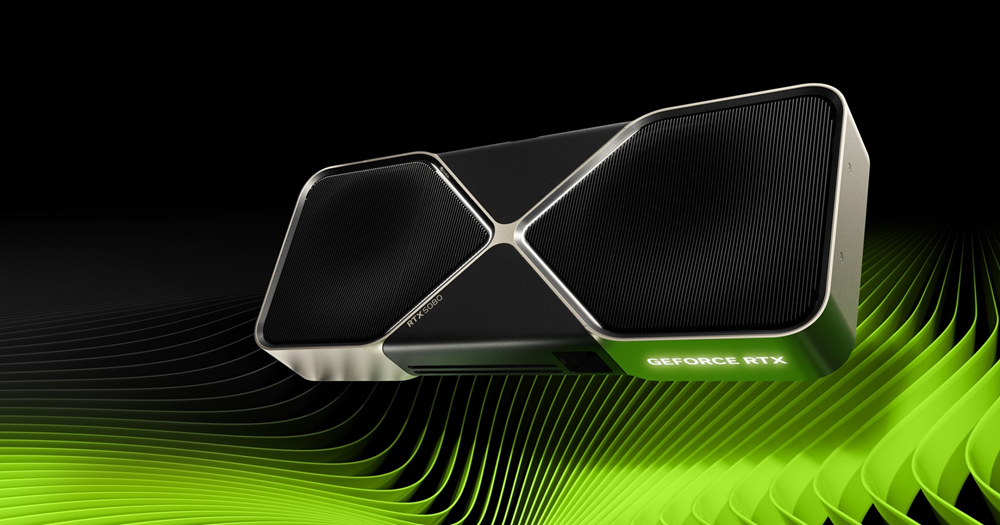
-
Artificial Intelligence and Machine Learning: The company has now pioneered AI computing, providing platforms that power AI research, development, and deployment across various industries.
-
NVIDIA DRIVE Platform: One of their newest platform that offers end-to-end solutions for developing autonomous vehicles, combining AI computing with automotive-grade hardware and software.
A Closer Look at NVIDIA DRIVE
Core Features of NVIDIA DRIVE
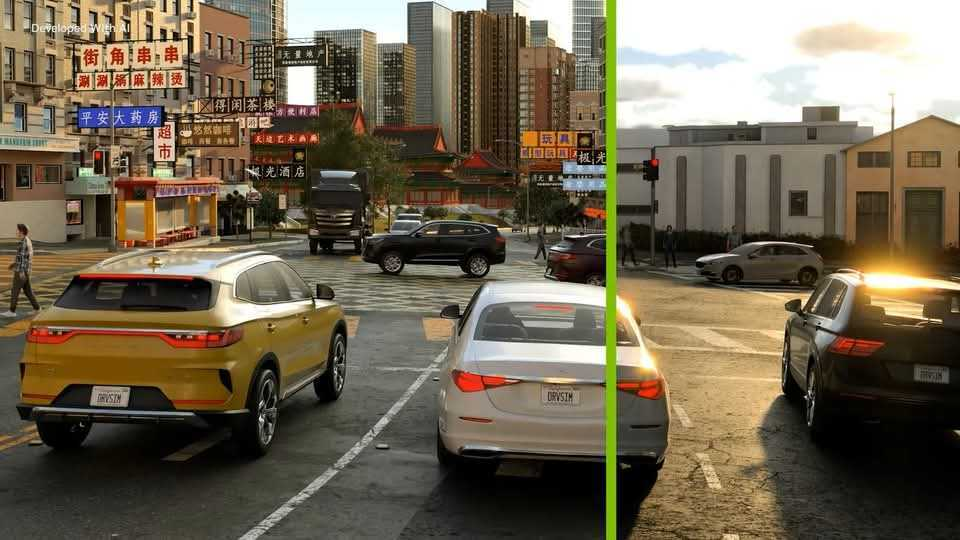
NVIDIA DRIVE is more than just a platform; it’s an ecosystem designed to support every stage of autonomous vehicle development. Some standout features include:
- High-Performance AI Computing: Capable of processing vast amounts of data in real time, critical for complex driving environments.
- Safety-Certified Operating System: Ensures reliability and security in all driving conditions.
- Scalability: Suitable for a wide range of vehicle types, from compact cars to large trucks.
Industry Adoption Beyond Toyota
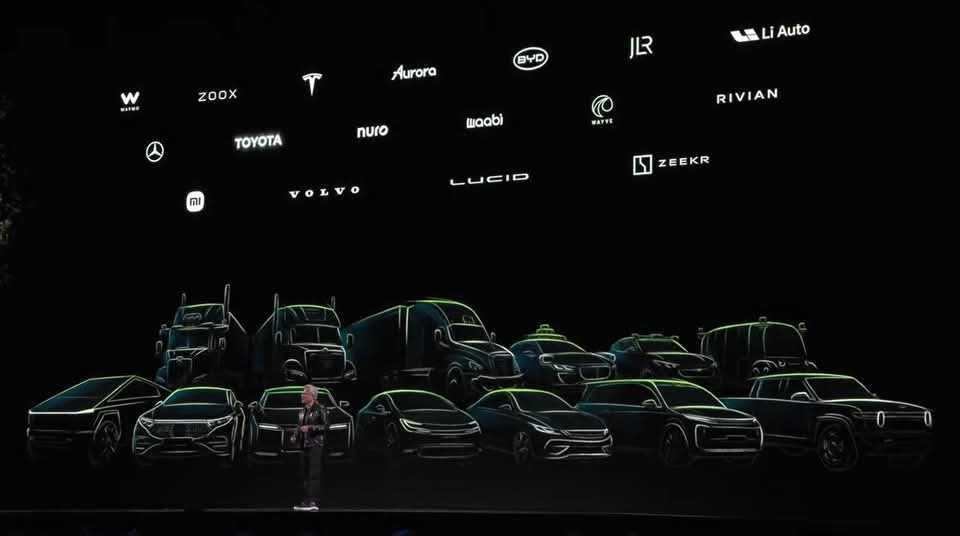
Toyota’s Role in Driving Change
Toyota’s Longstanding Commitment to Innovation
Toyota has consistently been at the forefront of automotive innovation. From the introduction of the Prius—the world’s first mass-produced hybrid car—to its investments in hydrogen fuel cells, Toyota has a track record of pioneering groundbreaking technologies.
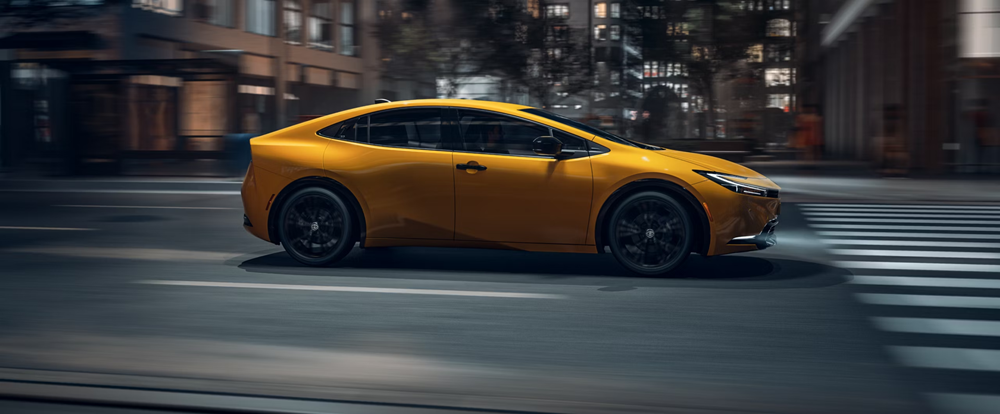
Toyota’s Vision For the Future
- Enhanced Safety: Safety remains Toyota’s highest priority, and NVIDIA’s AI capabilities enable predictive and proactive safety measures.
- Future-Proofing: By integrating scalable AI technologies, Toyota is preparing its vehicles for future autonomous upgrades.
Continuous Innovations
Just as the assembly line revolutionized car manufacturing in the early 20th century, AI-powered platforms like NVIDIA DRIVE are revolutionizing vehicle functionality and safety. Both are transformative technologies that redefined efficiency and innovation in their respective eras. Remember when GPS navigation systems first became mainstream? They eliminated the need for physical maps. Similarly, autonomous vehicles aim to eliminate the need for human drivers, providing unparalleled convenience and safety.
Challenges and Opportunities
Overcoming Obstacles
- Regulatory Hurdles: Governments worldwide need to establish standards for autonomous vehicles to ensure public safety.
- Public Trust: Educating consumers about the safety and reliability of AI-driven vehicles is crucial.
Opportunities Ahead
- Sustainability: Autonomous vehicles can optimize fuel efficiency and reduce emissions.
- Accessibility: Self-driving cars have the potential to provide mobility solutions for people who are unable to drive, such as the elderly or disabled.
How About In Logistics?
As Toyota Logistics Matching Service (LMS) goal is to provide reliable and efficient third-party logistics solutions, the integration of AI-driven (NVIDIA DRIVE) autonomous vehicles could revolutionize deliveries and supply chain management in several way. Toyota’s collaboration with NVIDIA is not just about personal mobility, it has profound implications for sectors like logistics.
Here are some potential leverage of this technology:
- Increased Efficiency
Autonomous vehicles can operate continuously without fatigue, maximizing delivery times and reducing delays. AI-powered routing ensures the most efficient paths are chosen, cutting fuel costs and transit times.
- Enhanced Safety
AI systems reduce human errors that often lead to accidents, ensuring goods are transported safely. This is particularly vital in industries handling fragile or high-value items.
- Cost Reduction
By automating driving, logistics companies can significantly cut labor costs associated with drivers. Additionally, the enhanced fuel efficiency of AI-optimized routes can lead to long-term savings.
- Scalability
With the ability to deploy autonomous fleets, logistics companies can scale their operations quickly to meet increased demand during peak seasons.
- Sustainability Goals
AI-enabled vehicles can optimize energy usage and support green initiatives, aligning with industry trends toward sustainability. Electric autonomous vehicles further reduce the carbon footprint of logistics operations.
With these, the future of logistics is much anticipated, making supply chains faster, safer, and more sustainable. As this technology matures, we can expect it to redefine how goods move across the globe.
Conclusion: A Technological Revolution on the Horizon
The partnership between Toyota and NVIDIA represents a bold step into the future of mobility. By combining Toyota’s automotive legacy with NVIDIA’s AI expertise, the two companies are setting new standards for what vehicles can achieve.
As we look forward to a world of autonomous vehicles, the journey from past to present highlights just how far the industry has come—and how much further it can go.